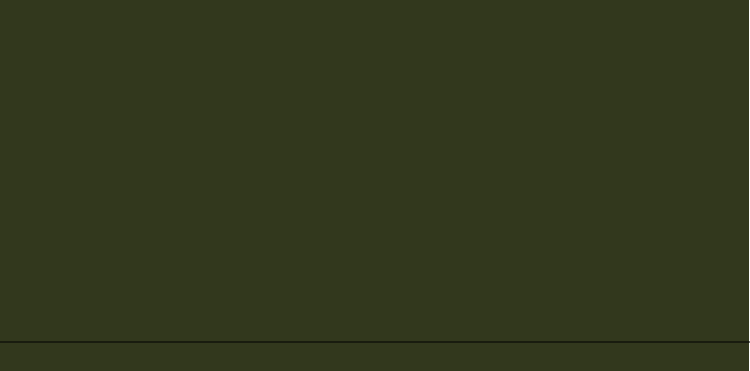



Appointments seen:
Monday
Tuesday
Thursday
Friday
Hours: 9 AM to 5 PM
St. Louis, MO 63122
GLAUCOMA
What is Glaucoma?
Aqueous humour is the clear fluid in the front chamber of the eye that maintains the shape of the eye, nourishes the tissues inside the eye, removes waste products, and maintains a clear pathway for visual images to reach the retina. Glaucoma is a disease process where the aqueous fluid pressure in the eye increases due to interference with drainage of aqueous. The increased pressure causes damage to the intraocular tissues.
Causes of glaucoma
In dogs, most cases of glaucoma result from a hereditary defect of the eye. Other causes of glaucoma include intraocular inflammation, chronic retinal detachment, intraocular tumor, or lens dislocation. In cats, most cases of glaucoma are secondary to chronic intraocular inflammation.

Dog with chronic glaucoma. Notice dilated pupil, episcleral congestion, corneal edema, and partially broken loose lens.
Signs of glaucoma
The early signs of glaucoma are vision loss, redness, corneal cloudiness, mid-size to dilated pupil, and non-specific signs of discomfort. Vision loss is rarely noted as long as the other eye is visual. If the first eye is already blind, the earliest sign of glaucoma in the second eye is acute blindness. The pain that dogs experience from glaucoma is similar to a headache. Affected animals act depressed, may have decreased appetite and water consumption, and may sleep more. How an animal responds to the discomfort depends to some extent on the animal's tolerance for pain. Classic signs of glaucoma such as an enlarged eye, corneal cloudiness, and a dislocated lens are usually seen after the eye is irreversibly blind.
Considerations in treating glaucoma
Several points are important when considering treatment for glaucoma:
• Acute congestive glaucoma results in irreversible blindness within 24 to 72 hours of the time of onset.
Acute glaucoma is a medical emergency
• The damage that glaucoma does to the retina and optic nerve is irreversible. Return of vision occurs only if functional retinal and optic nerve tissue remains after the pressure is controlled.
• The goal of glaucoma treatment is to control the intraocular pressures in order to alleviate pain and stop the progression of damage.
• Most bouts of glaucoma start at night.
Prognosis for glaucoma
Rarely is glaucoma recognized early enough in the first eye to maintain vision in that eye. We use the first eye to let us know what the risk of glaucoma is to the second eye.
Damage to the eye is dependent on the magnitude of the pressure elevation and the duration of elevation. In severe forms of glaucoma, the eye can be irreversibly blind within 6 to 8 hours. More commonly the eye becomes irreversibly blind within 24 to 72 hours of onset, if the pressures are not controlled.
The current success rate for keeping dogs visual is approximately 50% and that is only if appropriate therapy is started within hours of the time of onset of the disease process. Without surgery, the long term success rate for maintaining vision is less than 5%.













